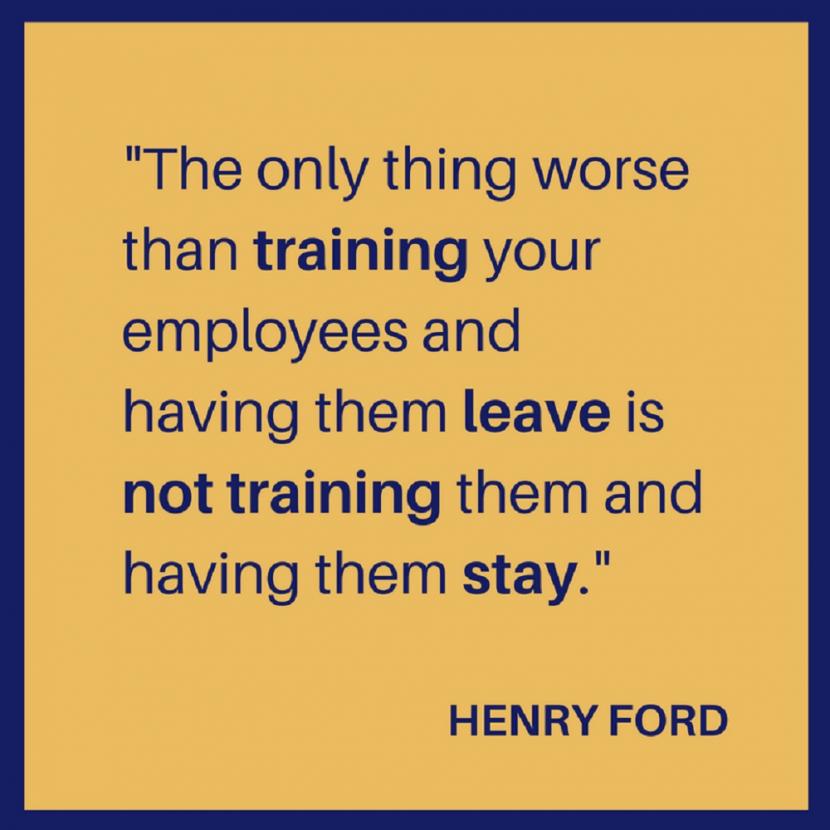"The only thing worse than training your employees and having them leave is not training them and having them stay." A quote by Henry Ford, founder of the Ford Motor Company and maker of the ‘Model T’.
Economists writing on the topic of the weaknesses in Britain's economy agree that a fundamental problem is the lack of productivity growth. This is affecting not only public finances but also our living standards because of the fall in real wages. As well as greater investment in infrastructure and innovation, productivity growth depends on the education and skills of the workforce. I don't intend to comment on major aspects of Government and economic policies but I can offer some thoughts on the benefits of staff training to improve IT skills. You have probably come across the ideas before, but it may be worth revisiting them in the current economic climate.
In uncertain times, training, especially IT training, is often seen as an easy thing to cut back on or stop altogether. Businesses rationalise that staff can get by or muddle through. Or they think that staff will expect a pay rise commensurate with higher skills or even that they will have increased prospects on the job market and move to another organisation with their increased knowledge.
There is always a balance between benefits and disadvantages. But, as Henry Ford’s quote infers, businesses need to ask themselves the question "what is the cost of not training staff as opposed to training them?" Here are some of the benefits of providing initial and ongoing training on IT skills:
- Increased confidence – ensure staff are using all the latest technology comfortably and to its fullest potential, after all you spend a lot on IT systems.
- Increased job satisfaction – people feel valued that you are investing in them as people and helping them develop skills. This can improve motivation and reduce staff turnover.
- Better quality output – if you give your staff the skills to get their work done in a more professional way, then their output will be of a higher quality as they can focus on content and not creation.
- Increased productivity – confident, happy, well-trained staff produce better quality work faster and more efficiently; they will get more done in less time.
Developing the IT skills within your business will help the business to succeed and have a beneficial effect on your bottom line. It helps to develop an organised training plan, giving consideration to the following:
- Skills – Consider what IT skills your business needs to be competitive and grow. Then find out what IT skills your staff need – or would like – to develop in order to achieve this. Conducting a Training Needs Analysis can highlight gaps in knowledge. Once staff have basic level skills, these can easily be built on and improved to more advanced levels.
- Frequency – You need to balance making sure there is sufficient training but not so much that staff lose interest or struggle to keep up with their daily work. The training schedule should take account of the opportunity to consolidate learning between sessions. Also, the duration of sessions – perhaps half day or one or two hour "bite-size" sessions will offer most flexibility.
- Delivery methods – There are many different types of IT training available, depending on what best for your specific business or the IT skill that needs to be learnt. Face-to-face training can be conducted in classrooms, group workshops or on a one-to-one basis. Online training can be delivered at a reasonable cost for some skill levels or to help knowledge retention, by means of recorded training sessions.
If you would like to discuss how SJM Training could help devise a training plan to benefit your business then please get in touch.

